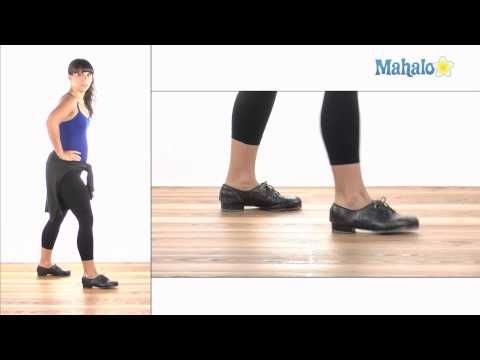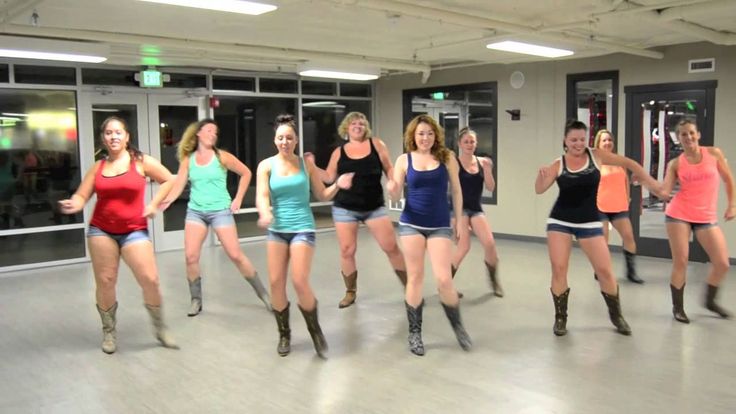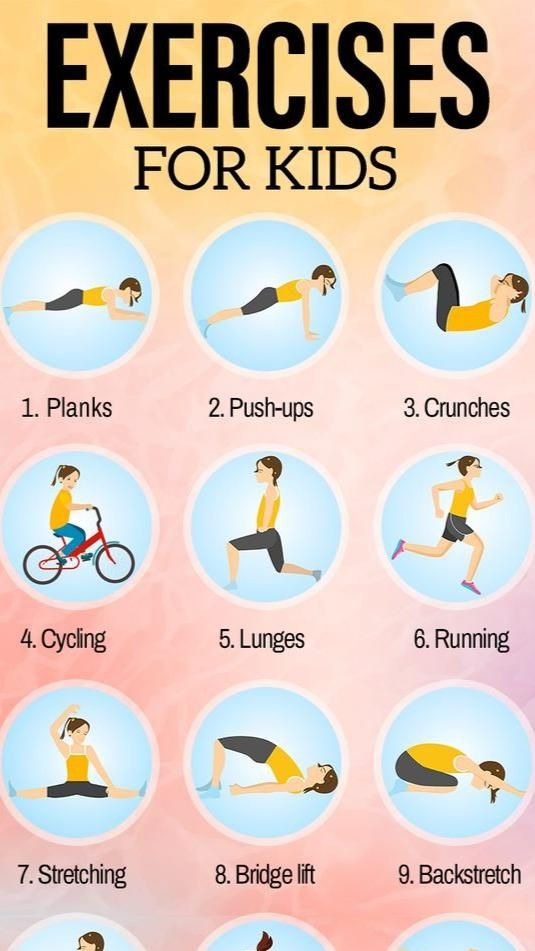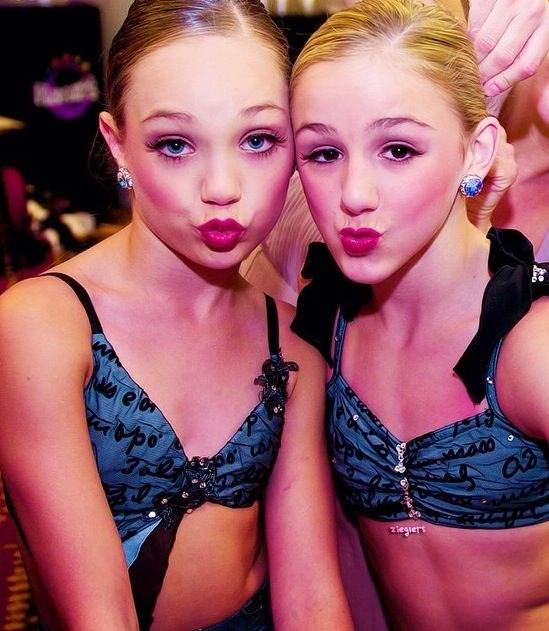How to tap dance fast
Tap Pros Offer Tips to Master Faster Footwork
You’re in tap class and the teacher breaks down a complex phrase. You think you understand it, but when the music comes on, the speed and intricacy of the combination seem like more than your feet can handle.
It can be discouraging to feel as though your technique fails you as the tempo picks up, but you can train your feet to keep up with faster, trickier rhythms. DS talked to two master tappers to get strategies for increasing speed without sacrificing precision.
Start Slow
Before rehearsing those rapid rhythms, it’s important to break down the footwork. Andrew Nemr, a tap educator who directs the company Cats Paying Dues in New York City, recommends that dancers slow down their steps and practice them with an exaggerated physicality. “Your body will learn the most efficient and clearest way to produce sounds,” he says. “From there, you can speed them up, just like drummers and pianists do when they practice. ”
Sarah Reich, an L.A.-based teacher and choreographer who has toured internationally with Postmodern Jukebox, suggests beginning under-tempo.
“Find the point where you’re solid with the step, and the point where it can easily get messy,” she says. “The more you practice that sweet spot, the more you can push yourself to get a little faster.”
Lee Gumbs, courtesy Sarah Reich
Everything in Its Place
Dancing double-time can be frustrating when you don’t hear yourself making all the sounds you’re aiming for. But the problem may be that your feet lack the muscle memory for what a step should feel like when done correctly. “When practicing, you have to focus on the accuracy of your placement,” says Nemr. “Where on the floor is your foot going? What does your body need to do to support that placement?”
For example, if you’re working on grab-offs, be specific about whether you’re landing on a flat foot or on the ball of your foot.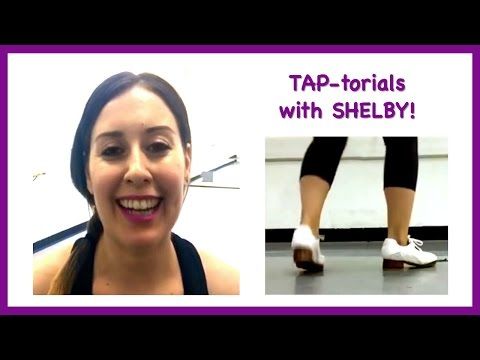 When you add shuffles, know exactly where you want the shuffle to strike the floor and what part of the toe tap you are using. “It’s not just about the foot being able to do what it does,” he says. “It’s about making sure the body is in the right place and not just along for the ride.”
When you add shuffles, know exactly where you want the shuffle to strike the floor and what part of the toe tap you are using. “It’s not just about the foot being able to do what it does,” he says. “It’s about making sure the body is in the right place and not just along for the ride.”
Reich uses a rhythm turn as another example of this strategy in action. She tells her students, “The more you cross, the more you get around,” to remind them that the shuffle has to cross in front of them in order to complete a successful turn. When the step is done quickly, proper placement of the shuffle is essential to get around in time. If the shuffle is too big, that will also slow down the turn. “Making steps smaller gets you more speed,” she says.
Nemr performing a tap solo (Dayna Szyndrowski, courtesy Nemr)
Keeping Time
It’s not enough to work on executing a phrase faster and faster. Dancers have to understand how increasing their speed affects their musicality.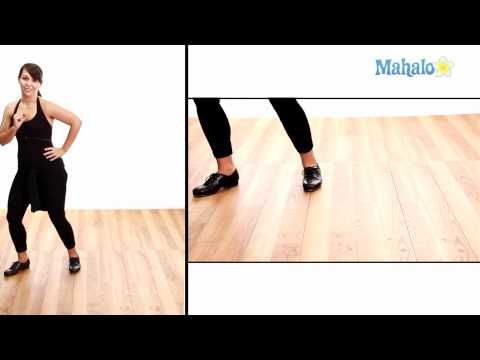
Nemr, who wrote the ebook Rhythm Theory for Tap Dancers, suggests using a metronome and practicing a step such as a paddle and roll in 1/4 notes, 1/8 notes, 1/8-note triplets,16th notes, 16th-note triplets and 32nd notes. This exercise will help finesse both technical accuracy and rhythmic accuracy simultaneously. “Then you’re not just practicing fast,” he says. “You’re practicing in relationship to time.”
Reich agrees that if dancers want to speed up, they should pick a specific subdivision of notes, such as the ones Nemr names. Otherwise, as she warns the participants in her Tap Music Project intensives, whoever is listening won’t be able to decipher the rhythms. Once dancers are able to tap comfortably in that pattern, they can start to branch out from it or add syncopations. “Know what you’re doing so it can come across as music, not just as noise,” she says.
Jeremy Jackson, courtesy Reich
Loosen Up
The thought of having to perform a particularly fast sequence might cause a tap dancer to tense up.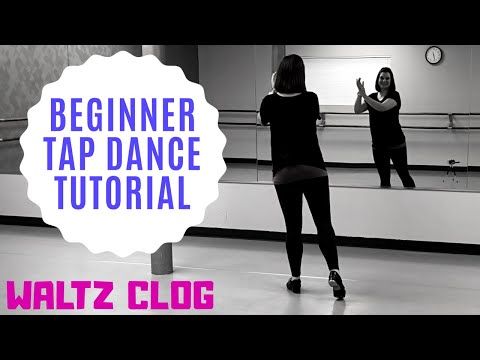 But Reich points out that the key to speed is to relax the joints. She believes dancers should begin their practice by shaking out their ankles as if they were “dead fish.” “Using your knee and your leg to get things done will allow you to move faster than using your ankle for each individual note,” she says. For example, rather than focus on striking the floor to make each of the sounds in a phrase like “scuff dig spank,” Reich recommends thinking of it as “straighten your knee, drop your leg, lift your leg.”
But Reich points out that the key to speed is to relax the joints. She believes dancers should begin their practice by shaking out their ankles as if they were “dead fish.” “Using your knee and your leg to get things done will allow you to move faster than using your ankle for each individual note,” she says. For example, rather than focus on striking the floor to make each of the sounds in a phrase like “scuff dig spank,” Reich recommends thinking of it as “straighten your knee, drop your leg, lift your leg.”
A good warm-up, Reich says, should include both relaxed ankle work—such as shuffles, flaps, and flap-heel patterns. “You want to have it all ready to use in your improvisation or if the choreographer is asking something of you,” she says. “Putting it in your warm-up is a way to make sure you’ll nail it every time you dance.”
By going back to the basics, spot-treating problem areas, and gradually building strength and flexibility, speeding up your taps will be a breeze in no time.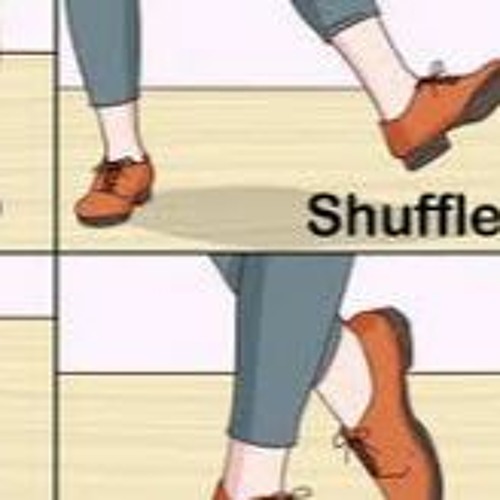
Tap Dance Basics: Tips To Avoid Common Tap Dance Mistakes
Terrence Taps Tap Advice | Tap Resources | Tap/Life Lessons
photo credit: smadden
It’s time to review those common errors that keep us tap dancers from performing at our highest level.
Tap Technique Mistake #1: Sloppy Heel Drops
Dropping heels when they shouldn’t be dropped is a nasty habit that shows up all of the time in tap dancing. It can lead to unwanted sounds & improper weight transitions.
Also, an unnecessary “Stamp” can ruin the music in a tap step by changing its intonation.
A Solution:
Mean what you say, and say what you mean.
There is as much difference between a Step and a Stamp as there is between a Shuffle and a Flap.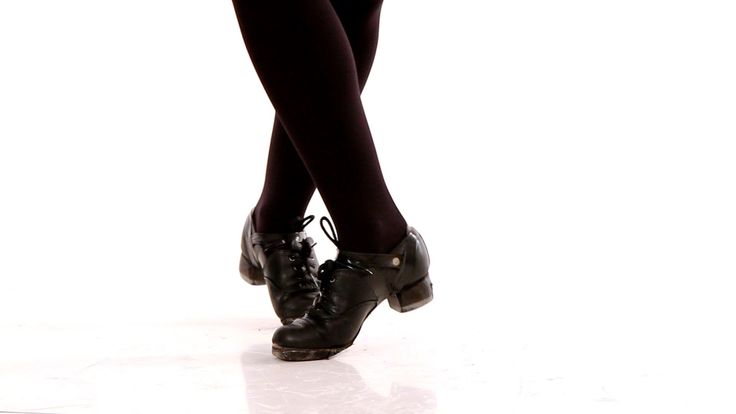 Don’t treat the two as interchangeable, as it only robs each of its unique flavor and your dancing of some of its range.
Don’t treat the two as interchangeable, as it only robs each of its unique flavor and your dancing of some of its range.
Tap Technique Mistake #2: “Weight”-ing Around
Most of the problems that we have learning new tap dance steps are due to placement of weight. If your weight is on your right foot and you need to lift it, chances are you’re not lifting it.
Also, dancers sometimes have a tendency to lean back too much when tap dancing. This causes you to lose your center of gravity and increases the likelihood of falling down.
A Solution:
Incline your weight forward when tap dancing. Primarily you should be balancing on the balls of your feet, with your heels up and available. And when learning a step, pay just as much attention to where your weight is, as you do to the order of the steps.
While you’re here, try this quiz I made for tap dancers like you:
Tap Technique Mistake #3: Speed Before Cleanliness
This affliction strikes the young with particular fury.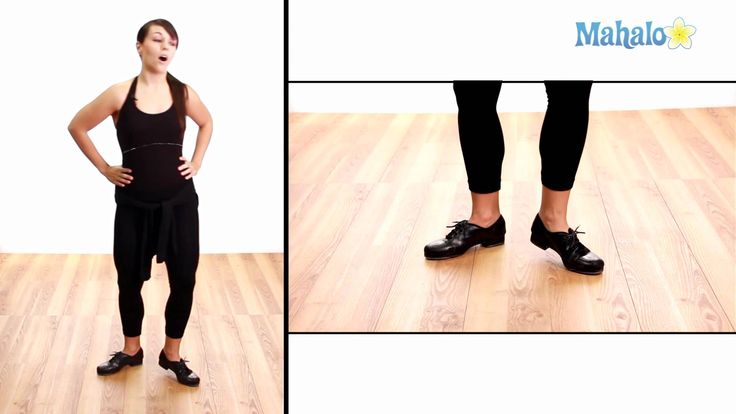
I mean who can resist the temptation to blind others with blazing speed and a wall of sound. The problem is, as soon as speed enters the room, cleanliness often heads for the exit.
To be frank, speed without clarity is just mess! You may feel like speed hides your mistakes but, in reality, it only pushes them closer together.
A Solution:
First – SLOW DOWN! Getting faster with a tap combination is usually a process. Plus, remember that speed is not everything. A clean combination speaks. A combination that is not is hard to understand.
And isn’t communication what tap is all about anyway?
Tap Technique Mistake #4: Tight Ankle Syndrome
Often, we tend to overuse our ankles when trying to execute steps more quickly. Nerves can add to this effect leaving us unable to execute anything on stage.
We tap dance using our legs, starting from the hip. The more you limit your movement to the ankle, the more shut out the very muscles that make tap dancing easier.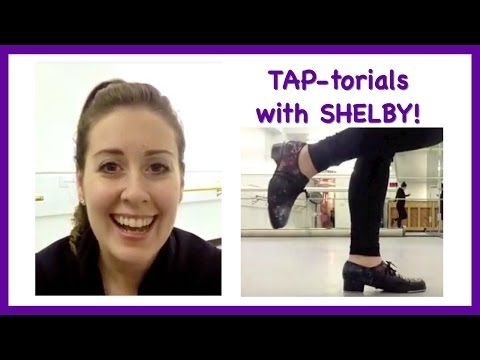
A Solution:
One secret to speed (and cleanliness) is relaxing the ankles. For the fastest tap dancers, the ankles are almost completely removed from the equation. Practice allowing your legs to do the work, and imagine the feet just following along.
A focus on cleanliness and relaxed ankles will lead to much success.
Tap Performance Mistake #5: You Forgot Someone
Tap dancers experience the rhythm of the music and the dance in a very special way. When performing before an audience, it can become very tempting to turn inward and focus on the “experience” of tap dancing. This approach is not always appropriate and can lead one to forget to engage the audience.
If you don’t engage the audience they will disengage from your performance.
A Solution:
Obviously, the solution is to engage the audience. This can be accomplished with eye contact or a smile. You can also find other ways to interact with them and respond to their reactions.
A lot can be accomplished by just remaining conscious of the audience and directing your attention and energy toward them.
In Conclusion
Becoming a better tap dancer is not just about adding speed or tricks to the repertoire. It’s also about reducing the number of basic tap mistakes you make. Problems that start out small can become major stumbling blocks as you continue to grow as a tap dancer.
What mistakes are you struggling with? Share them below so we can all learn and grow!
Terrence Taps
Terrence Taps promotes the enjoyment of tap dancing with online videos that help students tap better, faster.
View all posts by Terrence Taps
How to learn to tap dance
Home Male and female Teaching How to learn to tap dance
Content of the article:
- 1 Fundamentals of the execution of the leaks
- 2 Success Secret
- 3 The main elements in the dance
- 4 Rhythms of leaks
The basis for the execution of the leaks
Chemisting is the main foundation for which the steps are considered to be tucked up by gender. Simply put, it is music played with the feet. Each time the celebrity of this dance only increases. It is compared with the Irish jig, because the tap-dancing rhythm is also of paramount importance there.
Simply put, it is music played with the feet. Each time the celebrity of this dance only increases. It is compared with the Irish jig, because the tap-dancing rhythm is also of paramount importance there.
In order to start tap dancing, you need to buy special comfortable shoes for this. It should be in the form of shoes with metal heels. It is also important that the flooring is solid. This is necessary for a clearer sound of heels.
Tap dance shoes can be purchased at a specialty store or made to order at any shoe repair shop. It is important that the shoes fit well enough on the foot. Very tight shoes will rub the foot, causing discomfort, and also further lead to foot deformity. Too loose shoes can lead to injury.
For such a dance, it is better to choose a place to practice in advance. It is best to dance outdoors on a special platform. It is important that there are no foreign objects nearby. This will improve the quality of classes, because swings and turns require a lot of space. It is advisable to tap dance under the guidance of an experienced master who can teach correctly and point out shortcomings. You can also learn to tap dance on your own. You should not engage in tap dancing in a multi-storey building, because it will cause negativity among the neighbors. It is best to do this in a special sports club. Suitable for any hard surface floor. Linoleum or carpet should be avoided, such coatings interfere with sound.
It is advisable to tap dance under the guidance of an experienced master who can teach correctly and point out shortcomings. You can also learn to tap dance on your own. You should not engage in tap dancing in a multi-storey building, because it will cause negativity among the neighbors. It is best to do this in a special sports club. Suitable for any hard surface floor. Linoleum or carpet should be avoided, such coatings interfere with sound.
After the theory is mastered, you can move on to practice. If the classes will be held at school, then for clarity, a lesson will be shown with step-by-step instructions on how to start tap dancing. Then you need to slowly begin to repeat after the instructor, alternately performing each element of the dance. Performing everything slowly but clearly, you can quickly memorize the main elements of tap dancing.
The secret of success
For a good mastering of the tap dance movements, you need to train every day for half an hour. Additional classes also do not interfere. You can simultaneously master some other dance, for additional physical training.
Additional classes also do not interfere. You can simultaneously master some other dance, for additional physical training.
The basic elements of the dance
All the basic elements of the dance are formed with the heel, toe and swing. Legs can be crossed, legs are swung, the toe can alternate with the heel. U-turns and jumps also look skillfully, with which leg swings are made. Turns are performed with the help of a sock, which is placed on the heel. And all this is done at a fast pace. The main thing here is that the leg stance must be performed correctly and at a certain slope. Movement must be precise.
First you need to learn everything separately, each element. The main thing is the rhythmic step. Then there are 4 main movements. To execute the first brush element, you need to hit with your heel, putting your foot forward, and then put your foot back, hitting with your toe. Ball-change consists of performing a kick with one leg and subsequent kicks with the other leg.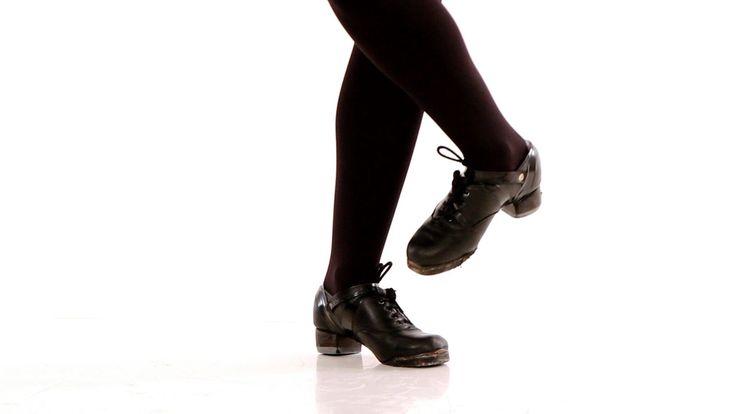 And so each leg alternates in turn. Flap is done by hitting the heel and toe of one foot, and then the other foot. Shuffle is an element that is executed when stepping forward. All these movements are worked out to automaticity, and then they are easily combined in a dance.
And so each leg alternates in turn. Flap is done by hitting the heel and toe of one foot, and then the other foot. Shuffle is an element that is executed when stepping forward. All these movements are worked out to automaticity, and then they are easily combined in a dance.
Tap-dancing rhythms
Every time a heel tap on the floor is done, and then a toe tap. And so there is an alternation between them. Learn sanchal at a slow pace and without music. Once the basics have been learned, you can turn on an easy tempo, and then a fast one.
Knowing the main movements, you can begin to combine them into a dance. Otherwise, you can improvise, showing imagination. After all, such a dance is, first of all, an art. Their elements are added to the basic methods, and a new dance is obtained. Now you can create your own individual dances, with the basics of tap dancing.
So, to learn how to tap dance you need:
• Enroll in a dance school.
• Buy video tap dance course.
• Find a tap dance choreographer.
It is not always necessary to choose one option for tap dancing. You can enroll in a dance school and buy a course of video lessons. Thus, you can learn to dance not only at one time, at school, but also at home, according to the course of video lessons.
Like many dances, tap dancing is performed to music. If you master the dance technique well, then you can perform tap dance without music. The rhythm that will be performed during the dance will be the melody of the tap dance itself.
Learning something new, correctly combining movements and improving skills, you can achieve a lot. You can watch video lessons on the Internet, both individually and the complexity of the compositions.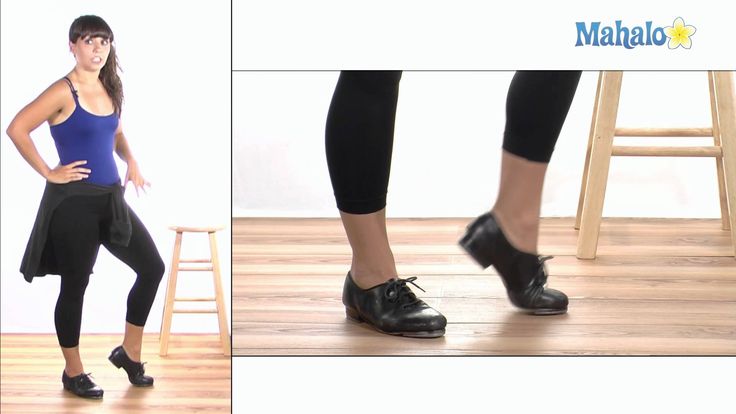 It is important not only to remember, but also to be able to exactly repeat the new dance movements.
It is important not only to remember, but also to be able to exactly repeat the new dance movements.
Previous articleWhen can a cat be spayed
Next articleHow to cook chicken borscht
MORE STORIES
Quick-step
Member of the St. Petersburg Dance Sports Federation FTSSPB,
All-Russian Federation of Dance Sports and Acrobatic Rock and Roll VFTSARR,
International National Sports Federation WDSF
st. Kurskaya 28/32, Kosygina Ave. 30, building 1 and 15 more branches
How the quick-step dance appeared
With the end of the First World War, the ideas of new life and freedom that swept society inevitably reflected on the nature of the dances performed. In those years, jazz dominated the world. Its rhythms and energy affected the manner of playing the orchestras of dance halls, where the foxtrot was performed at that time. The pace of performance became much more energetic, and the dancers no longer had time to dance the old steps. It became such a burning topic that it generated discussions even in the leading newspapers of the time! There was a need for new figures. And in order not to cause indignation of dancing couples, at dance parties, lovers of the “old” foxtrot began to warn about the new pace with the words “quick-time foxtrot” or “quick-time steps”. Which became a little later a short quickstep.
The pace of performance became much more energetic, and the dancers no longer had time to dance the old steps. It became such a burning topic that it generated discussions even in the leading newspapers of the time! There was a need for new figures. And in order not to cause indignation of dancing couples, at dance parties, lovers of the “old” foxtrot began to warn about the new pace with the words “quick-time foxtrot” or “quick-time steps”. Which became a little later a short quickstep.
Fashion moves at an accelerated pace were first danced at the beginning of the 20th century by African dancers in the suburbs of New York. And after its debut at the American Music Hall, the new dance quickly gained popularity in the United States and soon went beyond the continent. It happened in 1923, when the Paul Whiteman Orchestra introduced a new interpretation of the rhythm and tempo of famous dances to the UK. The performance was accepted with a bang, and the famous dance couple Frank Ford and Molly Spain immediately included the dance in their program.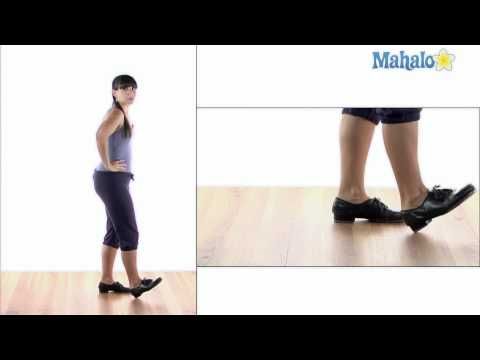 However, having saved it from excessively frivolous foot movements and supplemented it with the characteristic elements of a foxtrot. Therefore, the official birth date of quick-step is 1923 years old
However, having saved it from excessively frivolous foot movements and supplemented it with the characteristic elements of a foxtrot. Therefore, the official birth date of quick-step is 1923 years old
Over time, quick-step has absorbed elements of almost all popular dances: Charleston, shimmy, swing, jitterbug and black bottom have long since sunk into the past, but have significantly enriched quick-step with their discoveries. Because of this, modern quick-step has acquired new qualities - it has become brighter, more unexpected, richer, more technical. But the main thing remained unchanged: beauty, fun and excellent mood of the dancers and spectators!
Characteristics of the quick-step dance
This fresh, graceful and technical dance has taken sparkling expression from American roots, and restrained refinement from English roots. Basic rules for its execution:
- Quick-step is danced only in pairs;
- Performance tempo - 48-50 measures or 200 beats per minute;
- Time signature 4/4, rhythm syncopated;
- Dance of a free composition, consists of "fast" (quick) and "slow" (slow) elements, intricately linked into a single pattern.
